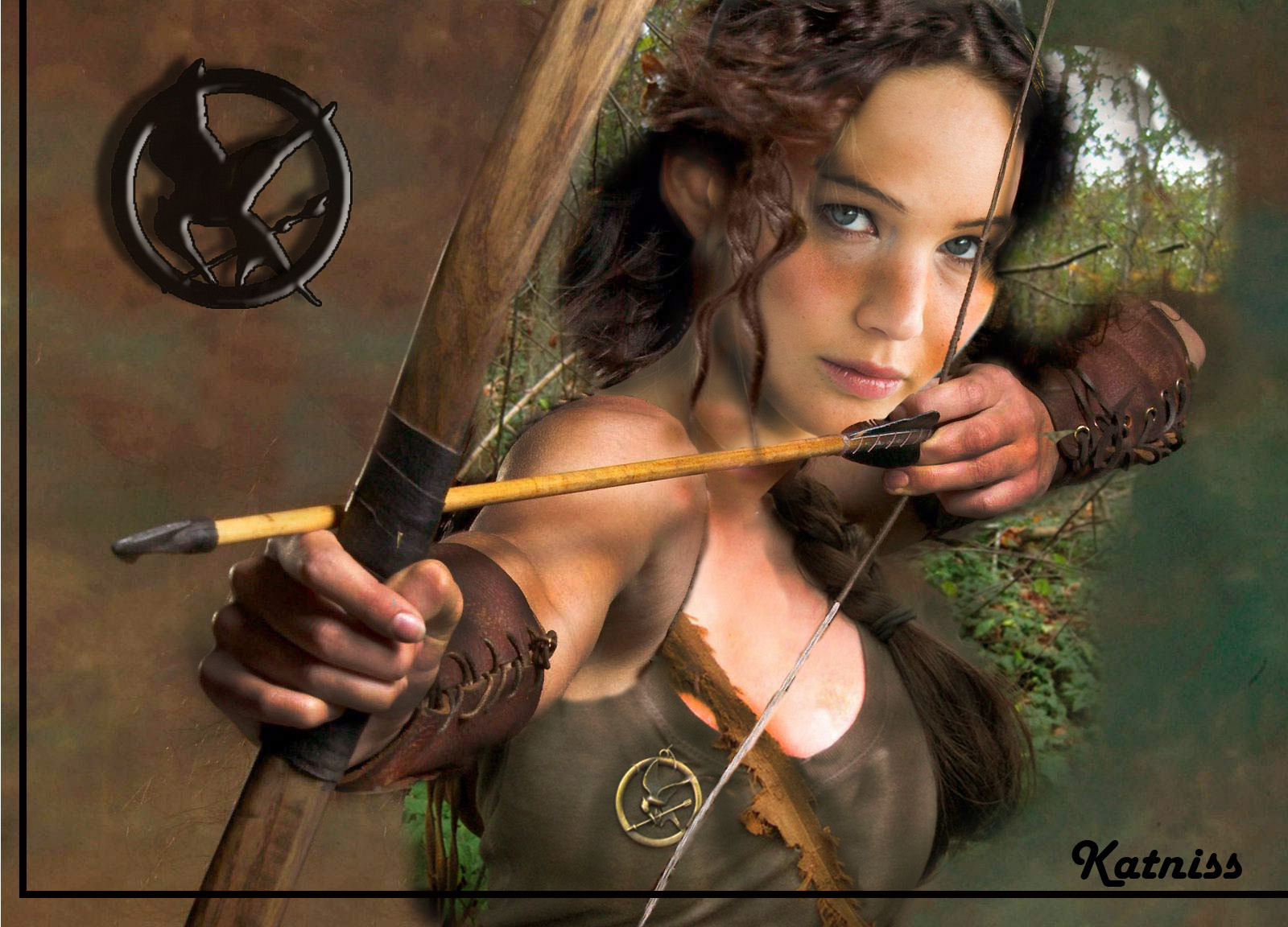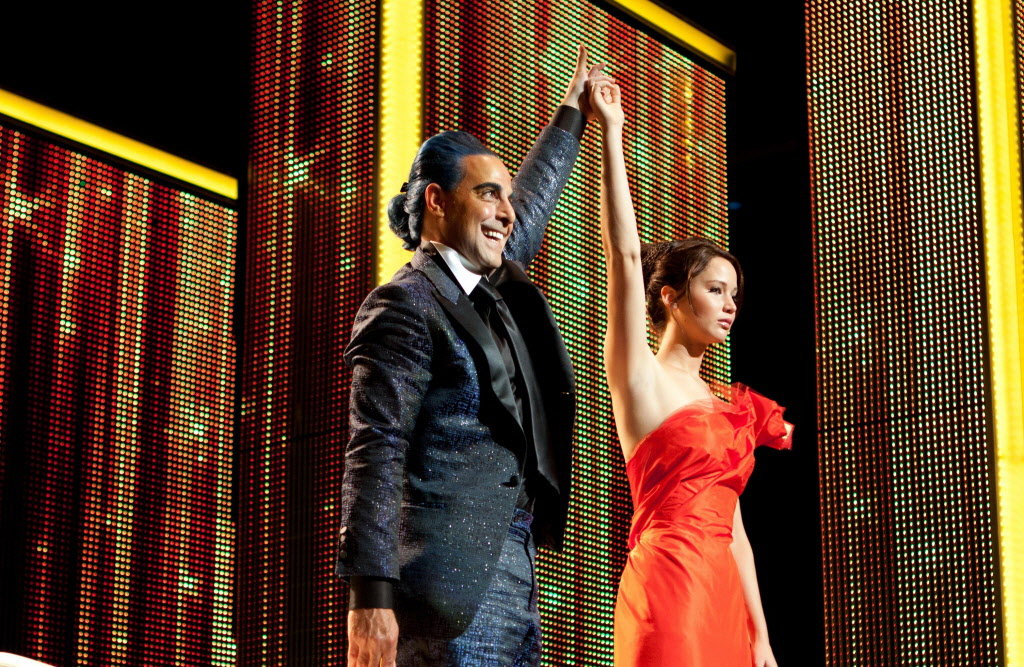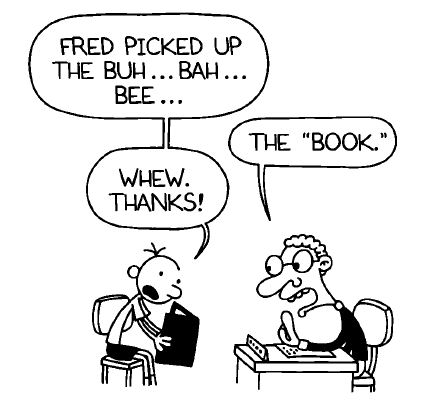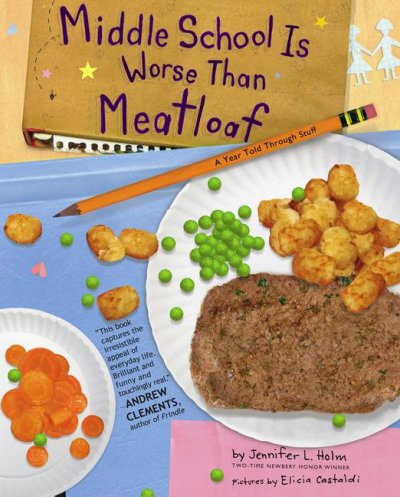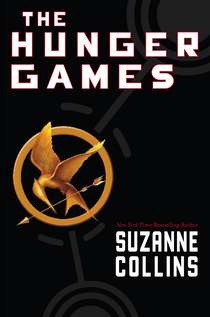Fairy tale films
 Tuesday, March 27, 2012 at 11:01AM
Tuesday, March 27, 2012 at 11:01AM The films Mirror, Mirror and Snow White and the Huntsman are part of a trend of re-interpreting traditional fairy tales with contemporary twists that move beyond the bouyant Disney versions. Mirror, Mirror, which opens Friday, stars Julia Roberts in a humorous retelling of Snow White. In a significant contract, the Huntsman version is much darker, more brooding and somewhat in the trend of Twilight and Hunger Games. Clearly, Red Riding Hood, directed by Catherine Hardwick who directed the first Twilight film, is part of this collection of films as well and Beastly with Vanessa Hudgens. Also released in March, direct to DVD, is Grimm's Snow White. When we saw Hunger Games over the weekend, we saw a previous for Snow White and the Huntsman, but not Mirror, Mirror, which opens sooner.
As I tell my classes, every generation re-interprets fairy tales. The wide difference in these two Snow White films suggests the malleability of this classic story. Disney's version is primarily from the young princess's perspective, but in the two upcoming films, the older Queen has a more prominent role. I will be interested to see Julia Rogers as the Queen, as she seems to be relishing the role and having fun. I am not sure how evil she is in her version. But in the film to be released in June, the older Queen is clearly evil. Then, too, look at the title of the second film, Snow White and the Huntsman -- the focus is on the relationship between Snow White (played by Kristen Stewart) and the handsome Huntsman out to kill her (Chris Hemsworth). Charlize Theron, who some might say has a history of looking more stunning than Kristen Stewart, plays the Queen. Theron also has played some roles of gutsy, powerful roles while Stewart seems to be majoring in mumbling, slightly awkward young women. Hmm, the conflicts arise.
 Charlize Theron,
Charlize Theron,  Chris Hemsworth,
Chris Hemsworth,  Disney,
Disney,  Hunger Games,
Hunger Games,  Julia Roberts,
Julia Roberts,  Kristen Stewart,
Kristen Stewart,  Mirror,
Mirror,  Mirror,
Mirror,  Snow White,
Snow White,  Snow White and the Huntsman,
Snow White and the Huntsman,  Twilight in
Twilight in  Disney,
Disney,  Hunger Games,
Hunger Games,  Twilight,
Twilight,  adolescent literature,
adolescent literature,  children's literature,
children's literature,  fairy tales,
fairy tales,  films,
films,  popular culture,
popular culture,  tween literature
tween literature  Email Article
Email Article  Permalink
Permalink 
